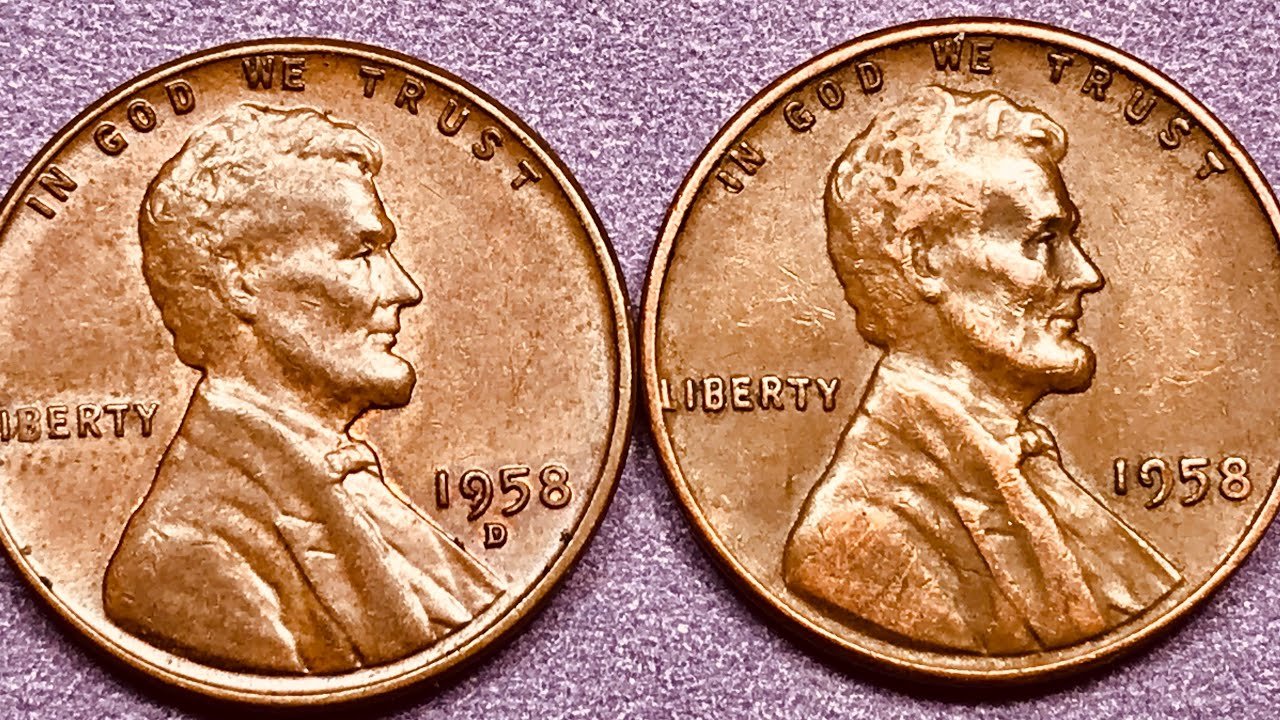The Lincoln Wheat Penny reaching into your pocket and discovering that an ordinary-looking penny could change your life forever. While most people barely glance at their loose change, coin collectors and treasure hunters know that certain Lincoln Wheat Pennies have sold for astronomical amounts. One particular coin is rumored to hit a jaw-dropping $200 million valuation, believed to be a unique error coin, possibly a one-of-a-kind specimen.
The Lincoln Wheat Penny represents more than just pocket change. It embodies a piece of American history that millions of people handle every day without realizing the potential fortune they might be holding. These coins, minted between 1909 and 1958, continue to fascinate collectors worldwide because of their historical significance and the possibility that incredibly rare versions might still be circulating in everyday transactions
Understanding the Lincoln Wheat Penny’s Historic Background
The Lincoln Wheat Penny holds a special place in American coinage history. First introduced in 1909 to commemorate the centennial of Abraham Lincoln’s birth, it became the first United States coin to feature a real person’s portrait. Designer Victor David Brenner created this iconic coin with Lincoln’s profile on one side and two wheat stalks on the reverse, giving the coin its popular nickname.
During its production run from 1909 to 1958, billions of these coins were minted across various United States Mint facilities. However, not all Wheat Pennies were created equal. Manufacturing errors, rare mint marks, and special circumstances during production created variations that would eventually become some of the most sought-after coins in American numismatics. The combination of historical significance and potential rarity makes each Wheat Penny worth a second look.
The Science Behind Coin Rarity and Value
Understanding why certain coins become extraordinarily valuable requires knowledge of three crucial factors: rarity, condition, and collector demand. A standard Lincoln Wheat Penny in average condition might be worth only a few cents above face value. However, when manufacturing errors occur, or when coins are discovered in exceptional condition, their value can increase exponentially.
The most famous example is the 1943 copper penny, which occurred when a few copper blanks were accidentally used instead of the wartime steel blanks. The 1943 bronzed Lincoln penny is described as “the most famous error coin in American numismatics,” and one that’s been circulated could sell for $150,000 to $200,000. These astronomical values demonstrate how manufacturing mistakes can transform ordinary coins into treasures worth more than most people’s annual salary.
Identifying Valuable Wheat Pennies in Your Collection
Recognizing a potentially valuable Wheat Penny requires careful examination of several key features. The date and mint mark provide the first clues about rarity. Certain years, particularly 1909, 1943, and 1955, produced coins with unusual characteristics that collectors highly prize. The mint mark, typically found below the date, indicates where the coin was produced and can significantly affect value.
Manufacturing errors represent another category of valuable discoveries. Double-die errors, where the design appears twice in slightly different positions, can make coins worth thousands of dollars. Wrong metal composition, like copper pennies from 1943 when steel was supposed to be used, creates some of the most valuable coins in existence. Even subtle variations in lettering, numbers, or design elements can transform a common coin into a collector’s treasure.
The Mystery of the $200 Million Valuation
In the fascinating world of numismatics, certain rare Lincoln Wheat Pennies have sold for astronomical sums, with some potentially still circulating today. The legendary $200 million Wheat Penny remains more myth than confirmed reality, but its story captures the imagination of treasure hunters everywhere. This theoretical coin would need to possess unprecedented rarity and historical significance to justify such an extraordinary valuation.
While no Wheat Penny has officially sold for $200 million, the legend persists because collectors understand that undiscovered rarities could still exist. Every year, new coins are uncovered in forgotten collections, inherited coin jars, or bank rolls, and with many Americans tightening their budgets and digging through spare change, the odds are higher than usual that a rare find could emerge. The Lincoln Wheat Penny The possibility, however remote, keeps the treasure hunting spirit alive.
Expert Tips for Coin Hunting Success
Successful coin hunting requires patience, knowledge, and the right tools. A magnifying glass helps identify subtle details that distinguish valuable coins from common ones. Proper lighting allows collectors to spot doubled letters, numbers, or other manufacturing anomalies that significantly increase value. Most importantly, never clean coins with polish or abrasive materials, as this dramatically reduces their collector value.
Professional coin grading services provide authentication and condition assessment for potentially valuable discoveries. Organizations like Professional Coin Grading Service (PCGS) and Numismatic Guaranty Corporation (NGC) offer expert evaluation that can confirm whether your find is genuinely valuable. Their authentication protects both buyers and sellers in the high-stakes world of rare coin collecting.
The Realistic Potential of Finding Valuable Coins
You don’t need to be a coin expert to find a valuable treasure. Check your loose change, old piggy banks, or even your couch cushions for these coins. While finding a $200 million coin remains extremely unlikely, discovering coins worth hundreds or thousands of dollars happens regularly.The Lincoln Wheat Penny Many valuable Wheat Pennies trade hands daily without recognition, making careful examination of pocket change a potentially rewarding hobby.
The key to successful coin hunting lies in understanding what to look for and maintaining realistic expectations. While dreams of discovering the ultimate treasure motivate many collectors, the real rewards often come from learning about history, developing expertise, and occasionally finding coins worth significantly more than their face value.
Disclaimer: This article provides general information about coin collecting and the Lincoln Wheat Penny. While based on available information and expert sources, coin values fluctuate based on market conditions, authenticity, and condition.The Lincoln Wheat Penny The $200 million valuation mentioned represents speculation and legend rather than confirmed sales data. Readers should consult professional coin dealers or grading services for accurate valuations of specific coins. Individual results may vary, and there is no guarantee of finding valuable coins through casual searching.





